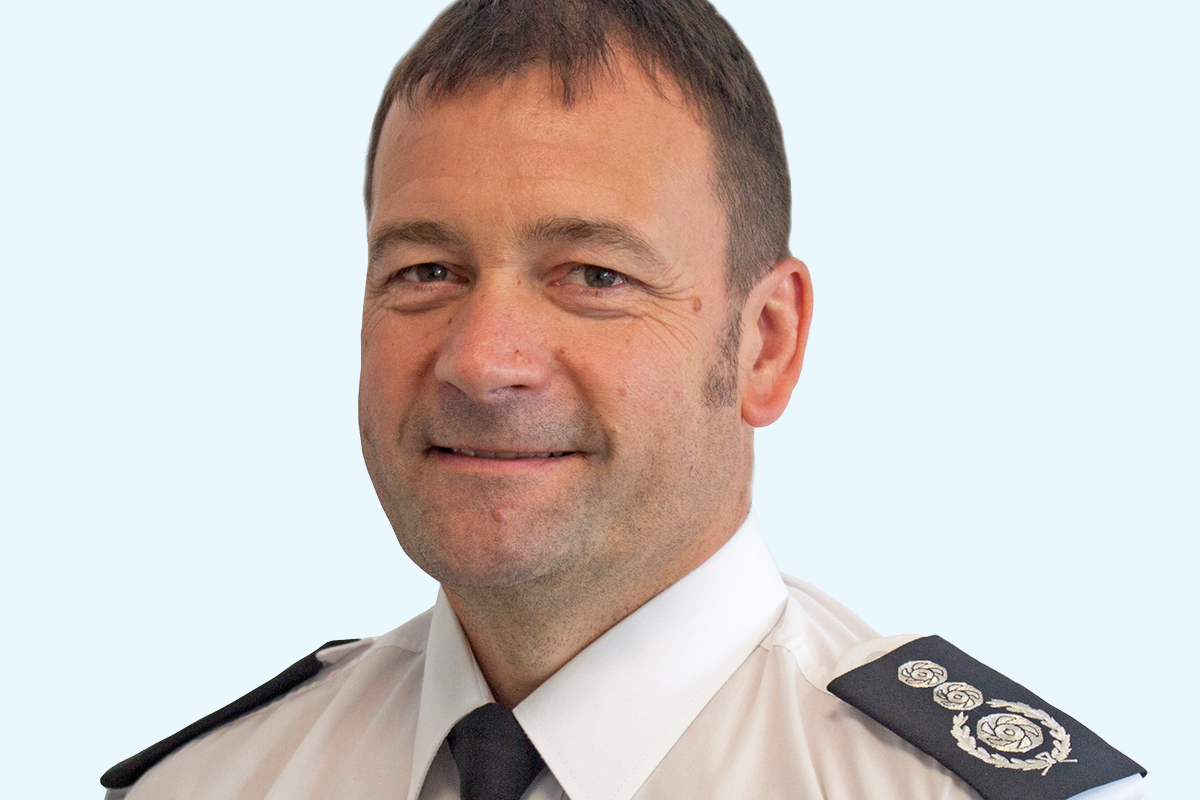You are viewing 1 of your 1 free articles
Government consultation proposes second staircases in new tall buildings
The government will consult on requiring second staircases in new buildings taller than 30m in England and Wales – a move that could end the countries’ status as international outliers on the issue.
The government revealed before Christmas that it will consider amending building codes applicable in England and Wales to require a second staircase for new developments above this height – roughly equivalent to 10 storeys.
Currently the rules include no requirement for a second staircase, an issue that has provoked criticism from safety campaigners and fire authorities in the aftermath of the Grenfell Tower fire.
Announcing the consultation on 23 December, building safety minister Lee Rowley said: “There are undoubtedly lessons still to be learnt from the Grenfell Tower tragedy and the Department for Housing is committed to working with the sector and residents to explore what more needs to be done to make new homes across the country safe.
“This consultation is the next step in the department’s work to improve building regulations and make sure they are as clear and effective as possible.”
Research comparing 30 international building codes, carried out by McGill University in Montreal, demonstrated that only the UK and South Korea have no requirement, with countries such as the United States, Ireland and Canada imposing requirements at four storeys and below.
Since the research was carried out, the Scottish government has updated its own guidance to require a second staircase in buildings above 18m, around six storeys.
The lack of a second staircase in this country is based on our reliance on the ‘stay put’ strategy for high-rise buildings, which assumes that fires will be contained in the flat where they began.
This means residents of other flats can safely remain inside the building, eliminating the need for a large-scale evacuation.
However, the lack of a second staircase means that in a large incident, the firefighting operation and evacuation has to take place in the same space – with the risk that the stairwell may fill with smoke after firefighters prop doors open to run hoses.
This occurred at Grenfell Tower in June 2017, with residents forced to escape through a smoke-logged stairwell full of firefighting equipment in order to exit the building.
Even five-and-a-half years on from the fire, many tall buildings in England and Wales are built with a single staircase – even those that have used innovative construction methods or those that reach skyscraper-level heights.
The inclusion of the second core required for a single staircase is unpopular with property developers, because it limits the ‘net lettable area’ – the amount of the building that can be sold at profit.
Last month, the National Fire Chiefs Council called on the government to introduce requirements for second staircases in new buildings taller than 18m.
It noted data showing that between April 2019 and March 2022, the London Fire Brigade attended 154 fires in high-rise buildings where more than 10 people evacuated. In total, 8,500 people evacuated during these incidents.
The new consultation also recommends replacing national British fire standards in official guidance with European counterparts.
This would involve removing classifications contained in ‘British Standard 476’ from the official guidance ‘Approved Document B’ and replacing them with Euroclass fire standards. Currently, the document contains both standards as alternatives, meaning product manufacturers can choose which standard to test their products to.
The British standards include ratings such as ‘Class 0’ and ‘limited combustibility’, while European standards are alphabetical, ranging from A1 and A2 (which indicate little or no combustibility) through to E, which is violently combustible.
The Grenfell Tower Inquiry has heard that the government should have phased out the British standards in the early 2000s to harmonise its standards with the EU.
However, a transitional phase where both standards applied was never ended, despite warnings that the country would become Europe’s “dumping ground” for combustible materials as a result.
The inquiry saw documents that showed industry figures lobbied against the move, and a pamphlet produced by insulation manufacturer Kingspan in May 2003 that said: “[The] government has stated that it will not implement the new Euroclass system until industry is ready for it.”
The government’s consultation will also propose requiring sprinklers in new care homes at any height.
Sign up for our fire safety newsletter
Already have an account? Click here to manage your newsletters













